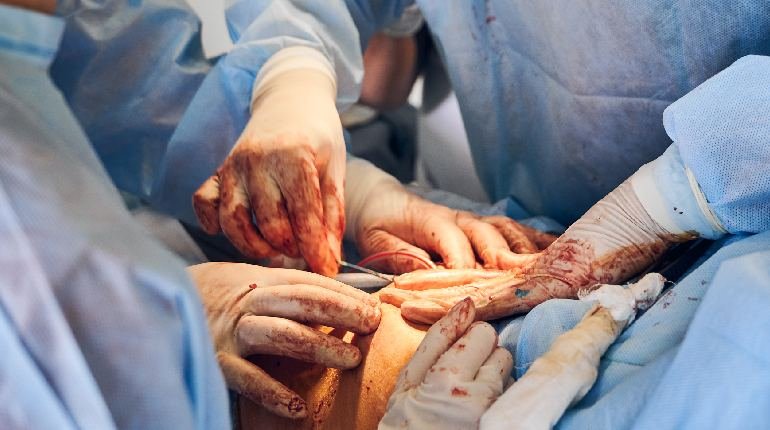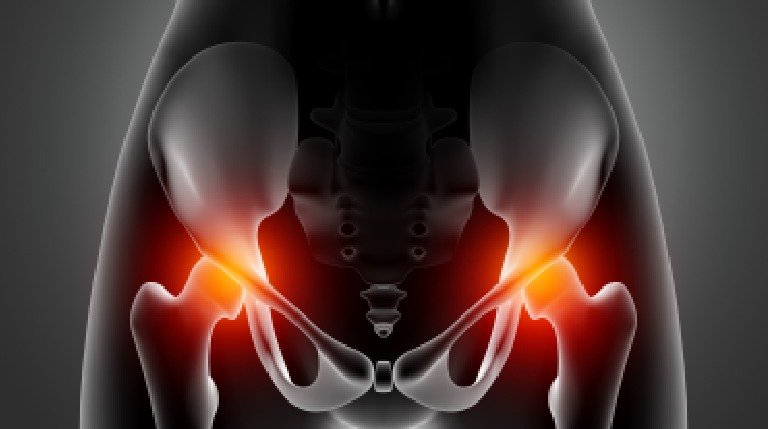
4 Things We Now Know About Hip Replacement Surgery
Introduction
The hip joint is among the largest joints in the human body. After all, it holds up your body weight and supports movements. Hip replacement surgery is among the most common joint replacement procedures. But the question arises: why do people need this surgery? It is due to Osteoarthritis. As we get old, the joints start wearing down. As a result, people are highly prone to developing Osteoarthritis in their hip joints which can be utterly painful. Although it is an extensive surgery and not without possible complications, the advancements in technology have made it a lot safer and more effective than before. In this article, we at YK Orthopaedics will share with you several primary aspects you need to know about hip replacement surgery.
All You Need To Know About Hip Replacement Surgery
1. Different Types Of Artificial Hips
The majority of hip replacements are total replacements that take out the whole hip joint. In several cases, your doctor may even recommend you go for a partial hip replacement. Usually, in partial replacement, only the ball of the thighbone is removed and replaced. There are three common types of total hip replacements- uncemented, cemented, and hybrid (it comprises both uncemented as well as cemented parts). Each type has its pros and cons, so make sure you consult your doctor about which option would be best suited for your case.
2. You Must Get A Hip Replacement When The Pain Hampers Your Quality Of Life
Doctors mainly recommend a hip replacement when your hip problems start hampering your life. Stiffness and pain that restrict mobility or regular activities, such as bending over or walking, are enough reasons to consider surgery. You will know that you need surgery when you are in pain, even while sleeping at night. Your doctor should know if you have tried other treatments, be it physical therapy or medication, and are still in pain. This way, the doctor will be able to suggest the best solution.
3. Hip Replacement Surgery Has Risks But Can Be Managed
Hip replacement surgery is mostly successful; however, there are certain risks involved. They may include infection, bleeding, uneven leg lengths, blood clots, continued pain, implant failure, and dislocation. In order to prevent blood clots, your doctor may prescribe blood thinners for a few weeks after surgery. You can also take precautions to prevent blood clots such as crossing your legs, sleeping with a pillow between your legs, and bending your hip below 90° during recovery.
4. Physical Therapy Is Crucial
You are likely to stay in the hospital for 4-5 days after surgery. Recovery will include a few weeks of physical therapy and rehabilitation. Therapy will work on your joint function and mobility. It can take up to six months to fully recover from surgery.
Conclusion
Dr Yugal at YK Orthopaedics recommends patients initially walk 3 to 4 times for 10 minutes every day and progress up to 30 minutes a couple of times a day as they improve their endurance and strength. At YK Orthopaedics, you are sure to receive the best solution for your hip pain. If surgery is avoidable in your case, then measures will be taken accordingly. Visit us today for more information.




